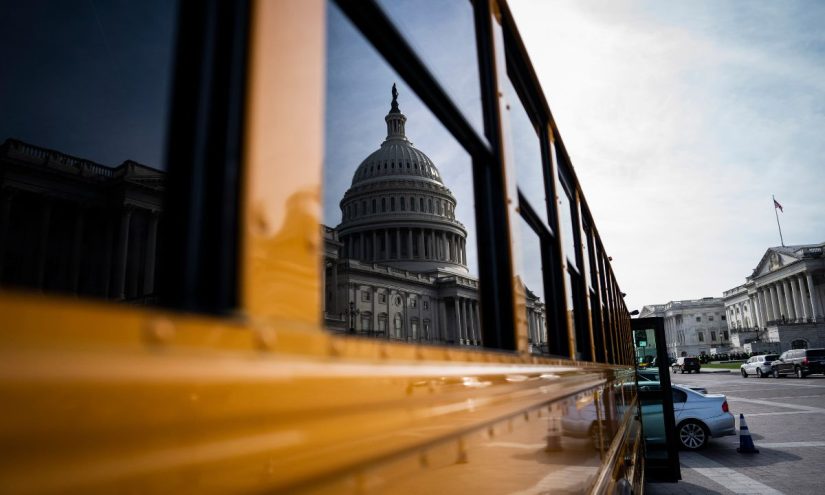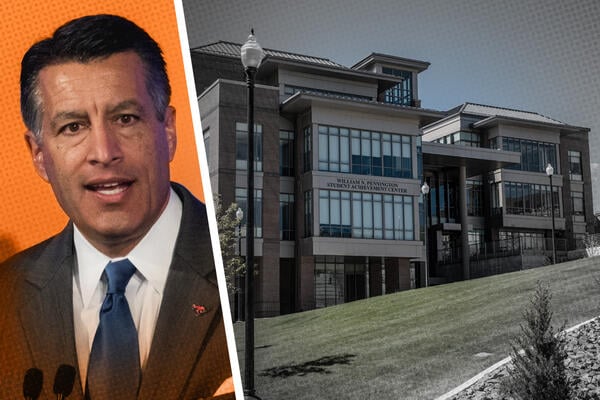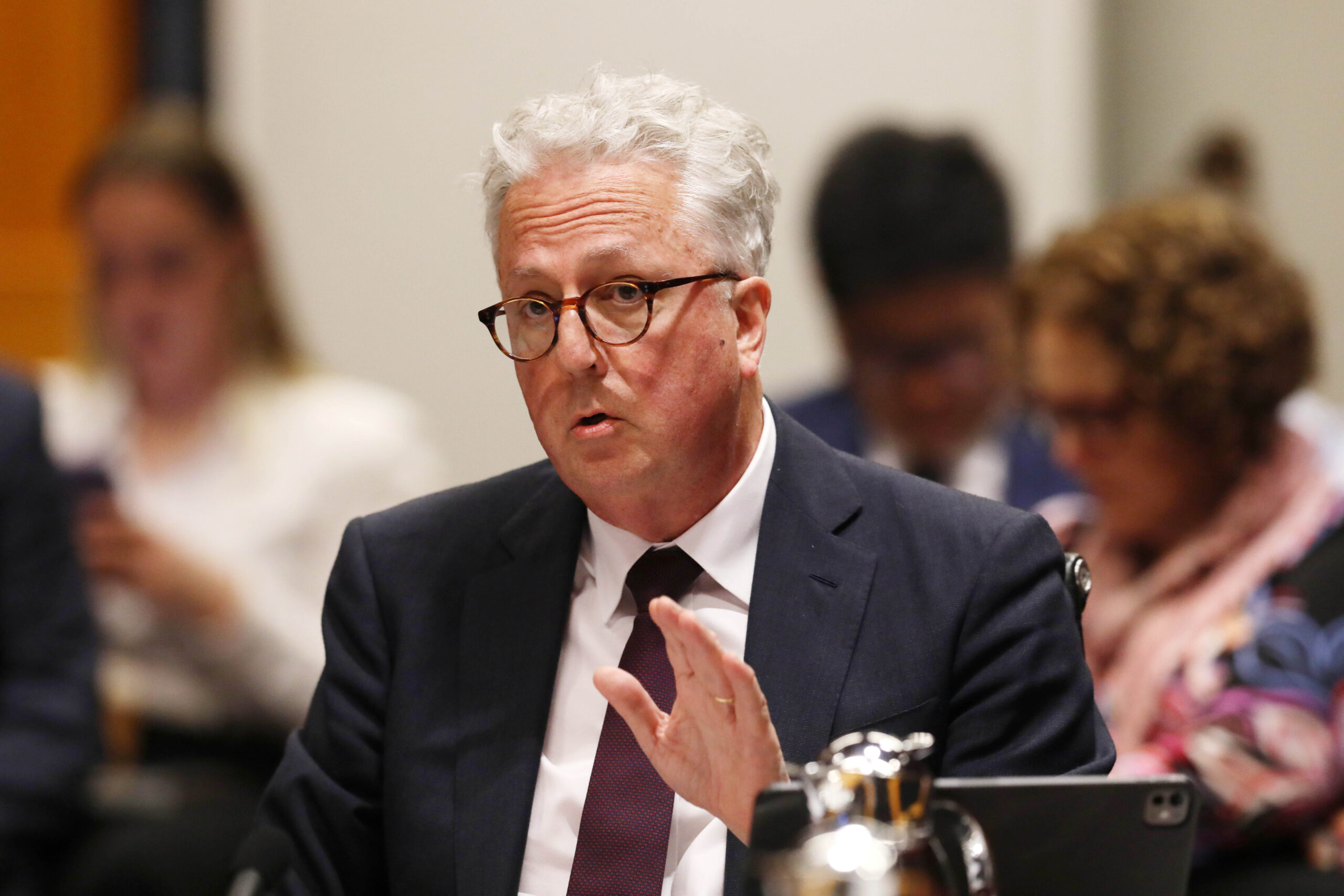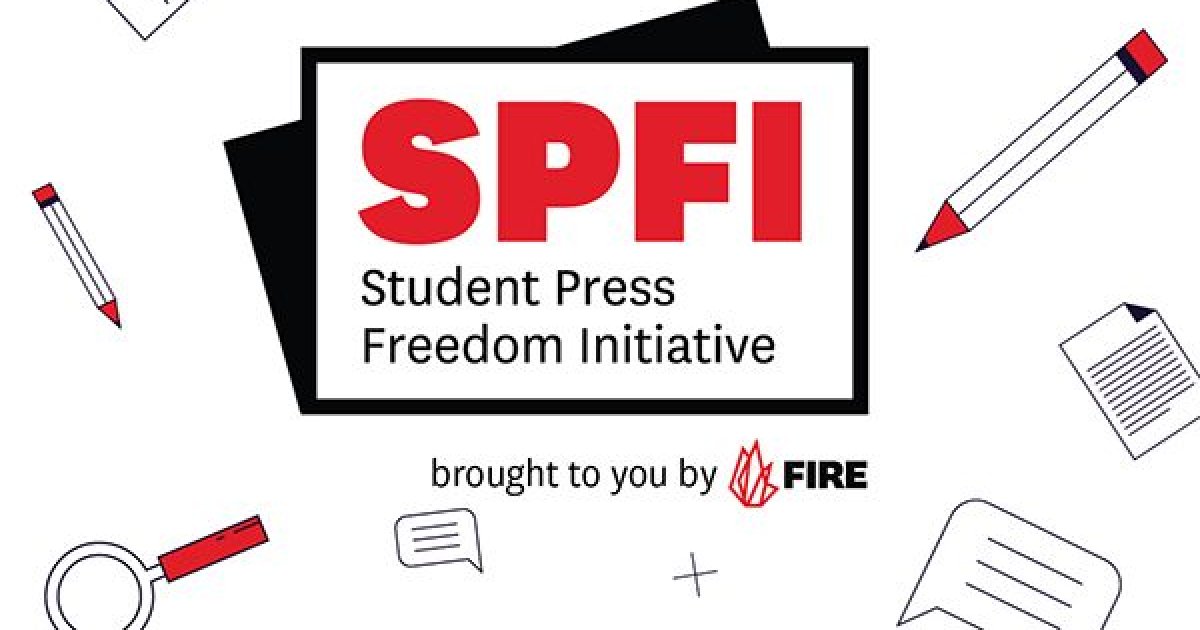Get stories like this delivered straight to your inbox. Sign up for The 74 Newsletter
Every morning in the District of Columbia, nearly 100,000 students step into 251 public schools with hopes and ambitions for their future. After years of pandemic disruption, recent results show clear signs of progress in how students are recovering and advancing.
In our roles as deputy mayor for education and state superintendent, we see something remarkable taking shape — a citywide education system leading the nation in how to reimagine what’s possible for every child.
This year’s statewide assessment results tell a clear story of momentum. On the D.C. Comprehensive Assessment of Progress in Education, students made the largest gains in English Language Arts and math proficiency since the pandemic. Forty percent of schools raised proficiency by at least 5 points in one of these subjects, and more than 60% showed measurable progress in both. Across the city, 137 of 223 tested schools boosted English scores, while 141 schools improved in math.
ELA proficiency has now surpassed pre-COVID levels, increasing from 37.5% in 2019 to 37.6% in 2025. Math proficiency reached a record high since COVID, rising from 19.4% in 2022 to 26.4% this year. This is evidence that students are not only recovering, but moving forward at a faster pace than before the pandemic.
National data confirms this progress. The Harvard Center for Education Policy and Research’s 2024 Education Recovery Scorecard ranked D.C. first in the nation for learning recovery in both math and reading for grades 3 to 8 between 2022 and 2024. In that two-year period, D.C. students gained back the equivalent of half a grade level in math and a quarter of a grade level in reading. Just a few years ago, D.C. ranked 32nd in math recovery since 2019; today, it leads the country.
Federal relief dollars helped make this possible. D.C. received more than $600 million in K-12 pandemic recovery funds, about $6,800 per student — nearly double the national average of $3,700. Research shows that targeting these dollars toward tutoring, summer learning and other evidence-based strategies contributed directly to the rebound.
Together, these results demonstrate what families and educators across the city already feel in classrooms: Students are making meaningful, historic gains in learning.
Several factors are driving this progress. Since 2015, local per-student funding has increased from $16,032 to $28,040 — a 75% rise — with more money provided for serving students with the greatest needs.
D.C.’s early education stands above national enrollment levels, with 95% of 4-year-olds and 82% of 3-year-olds citywide enrolled in pre-K. At the high school level, more students are graduating in four years than in 2010-11, with nearly a 20- point increase since 2010-11, growing from 58.6% to 76.1%. These students now graduate with college credits, industry certifications and real-world experience in high-demand fields through career and technical Education programs, dual enrollment and our growing network of citywide Advanced Technical Centers, preparing them for success in their next chapter.
The Education Through Employment Pathways initiative enables the Office of the Deputy Mayor for Education to connect data from pre-K-12 with postsecondary outcomes to better identify which programs propel students forward in college and careers, helping D.C. make future investments accordingly.
Teachers are a cornerstone of this progress. Thanks to big investments in recent years, D.C. Public School educators now earn an average salary of $109,000, among the highest in the nation, with comparable pay in charter schools. Investments in professional development, coaching, structured literacy training, high-quality instructional materials in literacy and math and high-impact tutoring have also helped to strengthen classroom instruction, so students feel challenged, supported and inspired. At the same time, D.C. is tackling barriers outside the classroom, securing school-based mental health supports, providing safe passage to schools and expanding the District’s Out of School Time programming. As a result, chronic absenteeism overall has declined 18.3% between 2021-22 and 2023-24, while profound chronic absenteeism — a student missing 30% or more of school days — is down 34.2% over the same time period.
The vast majority of families receive one of their top choices of district and charter schools through a universal enrollment lottery, helping drive D.C.’s national leadership in parent satisfaction. This system, combined with investments in quality and variety, has helped drive the city’s sustained enrollment growth since the 2008-09 school year and added more than 5,000 students after COVID. This is at a time when many large districts across the country experienced declines.
D.C.’s education success isn’t just about test scores. It’s about the child who now walks into class with confidence because tutoring makes reading click. It’s about the high schooler graduating with a resume that includes a paid internship and college credits already earned. It’s about showing the nation that D.C. students — no matter their background or income — can succeed at the highest levels.
D.C.’s experience shows how large urban education systems can rebound and thrive when funding is deep and sustained, resources meet student needs, teachers are well supported and compensated, and learning starts early.
While challenges remain, the data show encouraging momentum that is worth studying nationally. D.C.’s educational vision invariably focuses on ensuring every child is prepared for higher education and a family-sustaining career, while making certain that the city continues to be the nation’s talent capital.
D.C.’s public education leaders can keep proving to the nation what happens when a city dreams big for every student, invests strategically and stays the course: Students and schools will surpass expectations.
Paul Kihn is deputy mayor for education in the District of Columbia. Dr. Antoinette Mitchell is state superintendent of education for the District of Columbia.
Get stories like these delivered straight to your inbox. Sign up for The 74 Newsletter










